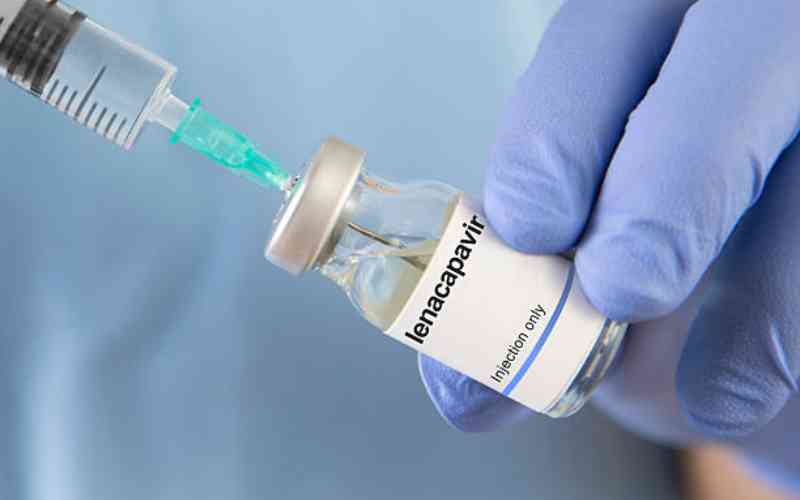
It was a week of shocks, with Kenyans treated to reports of medical negligence of heart-stopping proportions.
On Wednesday, for example a report released by the Ministry of Health showed about 20 women are dying every day while giving birth.
Most of the deaths, the report showed were caused by health workers who did nothing to help the women, did the wrong thing or were not on duty.
Nine out of 10 women who died giving birth, the report shows, got sub-standard treatment with the assessors concluding that if the women had been under a different management they may have lived.
But investigations show KNH is no stranger to swapped medical records and test results and even never-delivered laboratory findings.
Medical negligence
For example a report published last year says: “Determination of errors that compromise the quality of laboratory services in a tertiary hospital,” shows medical negligence at KNH to be a deeply entrenched affair.
Led by an Assistant Chief Medical Laboratory Officer at KNH, the study had investigated 346 lab requests at the hospital's clinical laboratory for a three-month period.
Almost all requests had mistakes, most of which ended up compromising the treatment of patients, says the study published in the Asian Journal of Medical Sciences.
The single largest mistake in numbers was lack of address in the job request card indicating where or to what clinic or ward or doctor the results should be returned.
Forty patients - about a third of the applications - did not have a return address, hence most of the sick could not get the results.
Because of this, a third of patients did not get their results while some results took more than a month to reach the clinician or patient in the same hospital, indicates the report.
The end result of this, the report says, is prolonged patient stay at the hospital and compromised quality of care. Such a patient may end up being treated without the benefit of a scientific diagnosis, it says.
Within the laboratory, the single largest set of errors was reagent stock-outs. For 33 patient requests, about 29 per cent, which reached the laboratory indicated the relevant testing reagents were out of stock, meaning the tests were never done or not done on time.
The second largest set of errors within the laboratory at this large teaching hospital, the study shows, was the use of inadequate samples during testing.
In 29 cases, slightly more than 25 per cent of job requests the laboratories had used indicated inadequate samples for testing.
More errors, the study says, were also detected once results left the laboratory, top of which were non-collection of results. Twenty five requests were never collected or delivered for lack of clinic or ward destination. Other errors in returned results included delays, incorrect results and non-reviewed results as required. Also detected were other lesser but life threatening errors such as results released to the wrong client, contradicting results upon re-testing or wrong specimen analysed.
During the three-month study period, 16 results were lost, three wrong tests were done on specimen and two results were released to the wrong clients.
“Nurses collected blood from my child three times within two months for repeat testing as we waited in the wards,” says Mary Mwende who spent the better part of last year at the facility with a sick child.
Eventually, the doctor told her to seek lab services elsewhere, which she could not afford and decided to go to a herbalist.
The errors, the study says, can be minimised if workers at the facility are more professional and diligent. But the report shows that such errors are never documented, disclosed or acted on.
The latest update on medical malpractice by the Kenya Medical Practitioners and Dentists’ Board, which regulates the practice, says of the 915 reported cases within a decade, about 869 were determined.
Head of the board Daniel Yumbya says from these cases, only one doctor was deregistered but about 30 had their licences suspended for not more than a year.
Defending this leniency, Dr Yumbya says deregistering doctors could worsen the shortage of health workers in the country.
“In this country we produce only 1,000 doctors every year and only 6,500 doctors practice in the public sector,” he said.
www.rocketscience.co.ke
 The Standard Group Plc is a multi-media organization with investments in media
platforms spanning newspaper print
operations, television, radio broadcasting, digital and online services. The
Standard Group is recognized as a
leading multi-media house in Kenya with a key influence in matters of national
and international interest.
The Standard Group Plc is a multi-media organization with investments in media
platforms spanning newspaper print
operations, television, radio broadcasting, digital and online services. The
Standard Group is recognized as a
leading multi-media house in Kenya with a key influence in matters of national
and international interest.











